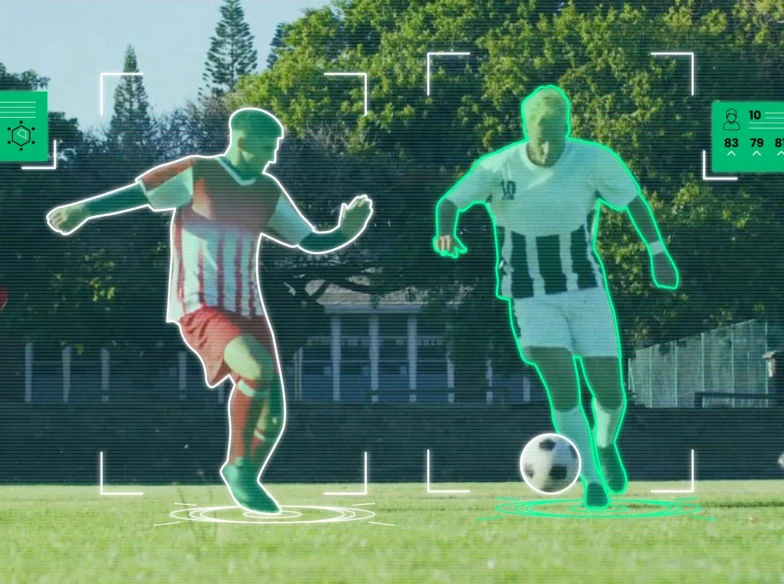Contents
3 min read
About
A colourful and stylish animation for TED-Ed channel that tells a story of the Microwave oven invention. The video spectacularly balances between hard science facts and cartoony storytelling what makes this watch both entertaining and educational at the same time.
Video details & Credits
- Duration: 320 seconds
- Format: 2d animation
- Client: TED-Ed, USA
- Studio: Darvideo.tv
- Timing: 40 weeks
Story
American engineer Percy Spencer developed World War II RADAR technology that helped detect Nazi airplanes —but it would soon have other surprising applications. One day in 1945, Spencer was standing near a RADAR instrument called a “magnetron,” a device that produced high-intensity microwaves that could reflect off planes. Suddenly, he noticed that the candy bar in his pocket had melted. He exposed other things to the magnetron and, sure enough, popcorn kernels popped, and an egg—well—exploded onto a colleague. Soon after, the first microwave oven became available, operating using the very same technology. So, how does it work?
All light energy travels in waves of oscillating electric and magnetic fields. These oscillations span a range of frequencies comprising the electromagnetic spectrum. The higher the frequency, the more energetic. Gamma rays and X rays have the highest frequencies; microwaves and radio waves, the lowest. Generally, light’s oscillating electric field exerts forces on charged particles, like the electrons in a molecule. When light encounters polar molecules, like water, it can make them rotate, as their positive and negative regions are pushed and pulled in different directions. The frequency the light is traveling at also determines how it interacts with matter. Microwaves interact strongly with the water molecules found in most foods. Essentially, they make the molecules jostle against each other, creating frictional heat.
Household microwave ovens are fitted with cavity magnetrons. When you activate a microwave oven, a heated element within the magnetron ejects electrons, and a strong magnet forces them to spiral outwards. As they pass over the magnetron’s metallic cavities, the electrons induce an oscillating charge, generating a continuous stream of electromagnetic microwaves. A metal pipe directs the microwaves into the main food compartment, where they bounce off the metal walls and penetrate a few centimeters into the food inside. When the microwaves encounter polar molecules in the food, like water, they make them vibrate at high frequencies. This can have interesting effects depending on the food’s composition. Oil and sugar absorb fewer microwaves than water, so if you microwave them alone, not much happens. But when microwaves encounter a marshmallow, they heat the moisture trapped within its gelatin-sugar matrix, making the hot air expand and the marshmallow puff.
Butter is essentially a suspension of water droplets in fat. When microwaved, the water rapidly vaporizes, making the butter melt quickly — and sometimes, a bit violently. So, microwaves heat food molecules mechanically, through friction — but they don’t alter them chemically. Soup heated in the microwave is molecularly indistinguishable from soup heated using a stove or oven.
The term “microwave radiation” can be alarming. But, in physics, “radiation” simply describes any transfer of energy across a gap. High frequency, ionizing radiation may be harmful because it can strip electrons from molecules, including DNA. However, microwaves aren’t energetic enough to alter chemical bonds. And microwave ovens are designed to prevent leakage — for safety and efficiency’s sake. Nonetheless, to totally limit exposure, experts recommend simply standing a few feet away when a microwave oven is on.

















